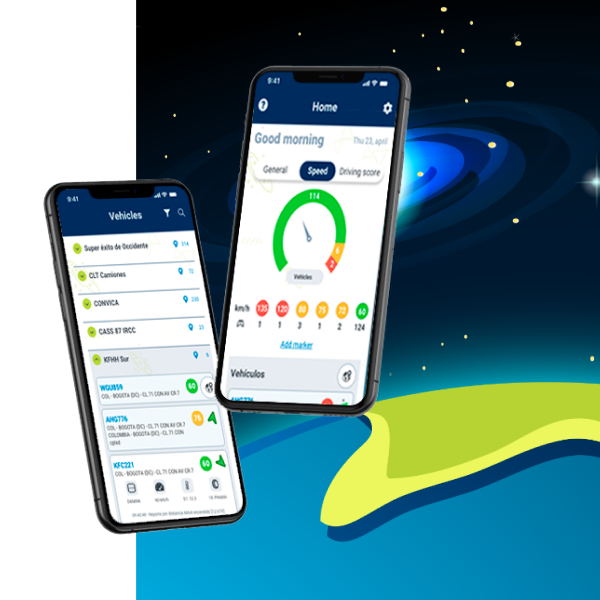Fleet overview for managers

The first approach for this logistic GPS-based platform was to improve the interface’s aesthetic, but after conducting research and evaluating the existing user experience, it became clear that a comprehensive redesign was necessary, we was in front of the tip of the iceberg. The redesigned app and platform now offer a more user-friendly experience, providing enhanced operational […]
